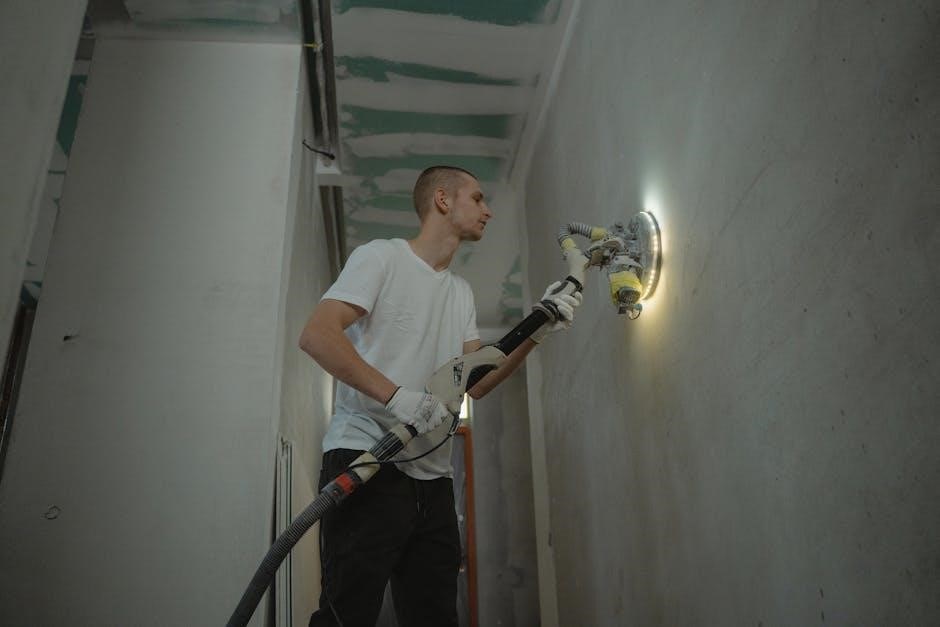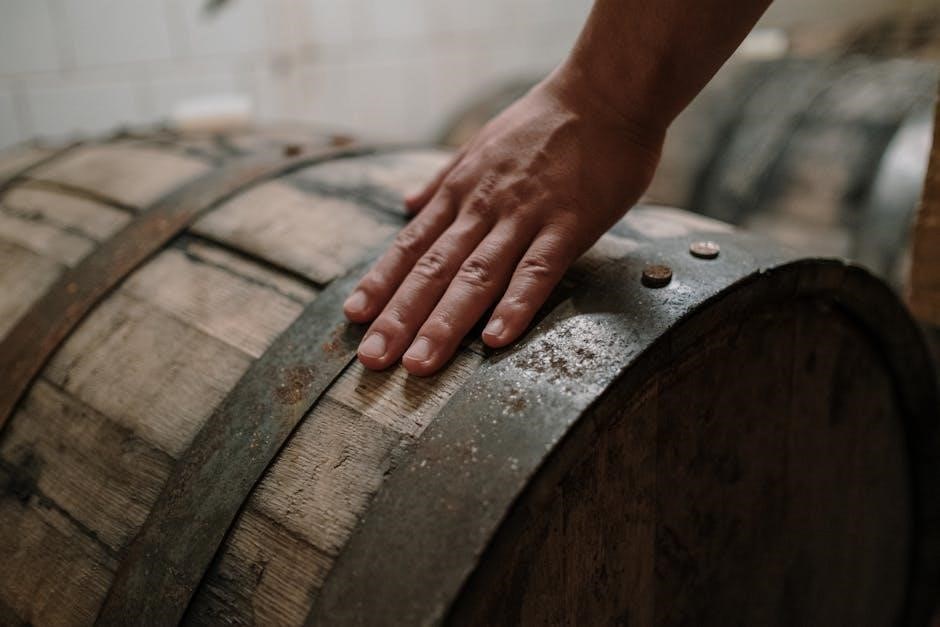Using PVC pipes for hoop houses is a popular method, with many online resources offering free PVC hoop house plans pdf for download, including step-by-step instructions and diagrams to follow easily always online.
Overview of Hoop House Design
The hoop house design typically consists of a series of interconnected hoops that provide the structural framework for the house. These hoops are usually made from PVC pipes, which are durable and resistant to weathering. The design of the hoop house allows for maximum sunlight penetration and ventilation, making it ideal for growing a wide range of crops. The hoops are typically spaced at regular intervals, with the distance between them depending on the size and type of crop being grown. The design of the hoop house also takes into account the local climate and weather conditions, with features such as windbreaks and shade cloth to protect the crops from extreme weather. Overall, the hoop house design is a versatile and efficient way to grow crops, and can be easily customized to meet the specific needs of the farmer or gardener. The design is also relatively simple to construct, making it a popular choice for DIY enthusiasts.

Benefits of Using PVC Pipes for Hoop Houses
PVC pipes offer durability, resistance, and affordability, making them a popular choice for hoop houses, with many benefits including easy installation and maintenance always available online easily.
UV Stabilization and Electrical Conduit Uses
When it comes to using PVC pipes for hoop houses, it is essential to consider the effects of UV stabilization on the material. PVC pipes are often used for electrical conduit, and in such cases, they are required to be UV stabilized to withstand the outdoor environment. The UV stabilization process involves adding chemicals to the PVC material to prevent it from degrading when exposed to sunlight. This is crucial for hoop houses, as they are typically used outdoors and are exposed to direct sunlight for extended periods. By using UV-stabilized PVC pipes, you can ensure that your hoop house frame remains durable and long-lasting, even in harsh weather conditions. Many online resources, including those offering PVC hoop house plans pdf, provide guidance on selecting the right type of PVC pipes for your project, taking into account factors such as UV stabilization and electrical conduit uses.

Constructing the Hoop House Frame
Constructing the frame requires careful planning and execution using PVC pipes and fittings.
Anchoring the Base with Rebar and Wood
To ensure the stability of the hoop house, anchoring the base is crucial. This can be achieved by using rebar and wood, which provide a strong foundation for the structure. The rebar is driven into the ground, and the wood is used to secure the base of the hoop house. This method is effective in preventing the structure from shifting or toppling over due to wind or other external factors. By anchoring the base, you can ensure that your hoop house remains stable and secure, providing a safe and healthy environment for your plants to grow. The use of rebar and wood for anchoring the base is a common practice in constructing hoop houses, and it is widely recommended in many PVC hoop house plans pdf available online. Proper anchoring is essential for the longevity and effectiveness of the hoop house.

Attaching the Polyethylene Covering
Securing polyethylene covering to the PVC frame requires careful consideration of tension and attachment methods for optimal results always using online guides.
Securing the Covering with Twine and Rebar
Securing the polyethylene covering to the PVC hoop house frame is a crucial step, and using twine and rebar is a common method. According to online guides, such as those found in PVC hoop house plans pdf, the process involves tying the twine to the rebar and then wrapping it around the frame to hold the covering in place. This method provides a secure and durable attachment, allowing the hoop house to withstand various weather conditions. The twine should be tied tightly enough to prevent the covering from sagging, but not so tight that it causes damage to the material. By following the instructions outlined in the PVC hoop house plans pdf, individuals can ensure a proper and secure attachment of the polyethylene covering to the frame, resulting in a functional and efficient hoop house. This method is widely used and recommended by experts in the field.

Standard Lengths and Heights for Hoop Houses
Standard lengths for PVC pipes are typically 20 feet, with heights varying depending on the width of the hoop house, as outlined in various PVC hoop house plans pdf documents online always.
Calculating the Height for Different Widths
To determine the height of a hoop house, calculations are necessary, taking into account the width of the structure, as detailed in PVC hoop house plans pdf documents available online.
A general rule of thumb is that the height in the center of the hoop house is approximately half the width, with some variations depending on the specific design and materials used.
For example, a 12-foot wide hoop house would typically have a height of around 6 feet in the center, while a 16-foot wide hoop house would have a height of around 8 feet.
These calculations can be found in various online resources, including PVC hoop house plans pdf files, which provide detailed instructions and diagrams for building a hoop house.
Using these calculations, individuals can design and build a hoop house that meets their specific needs and requirements, with the right height and width to provide optimal growing conditions for plants.
By following these guidelines and using the right materials, a hoop house can be a successful and productive addition to any garden or farm, as shown in many PVC hoop house plans pdf documents.
